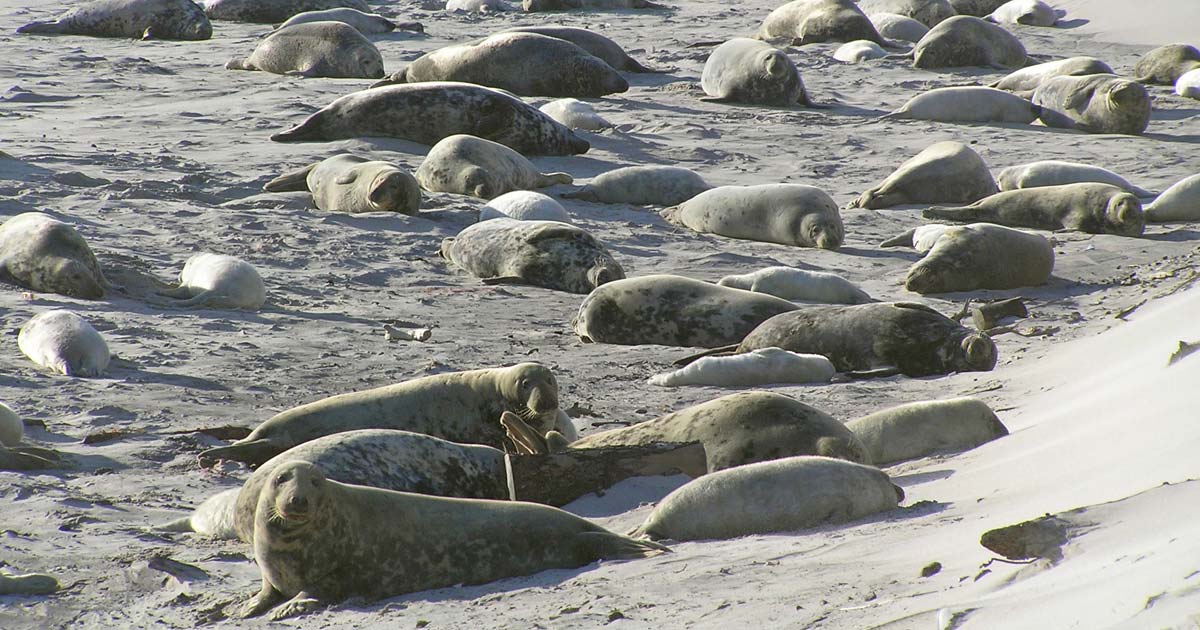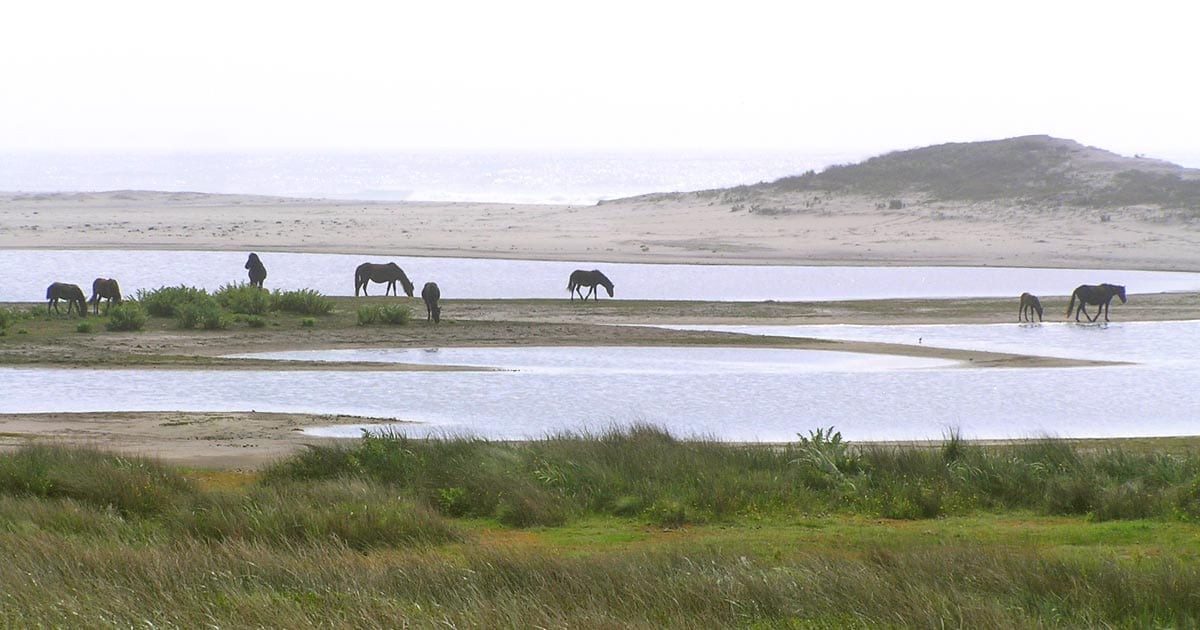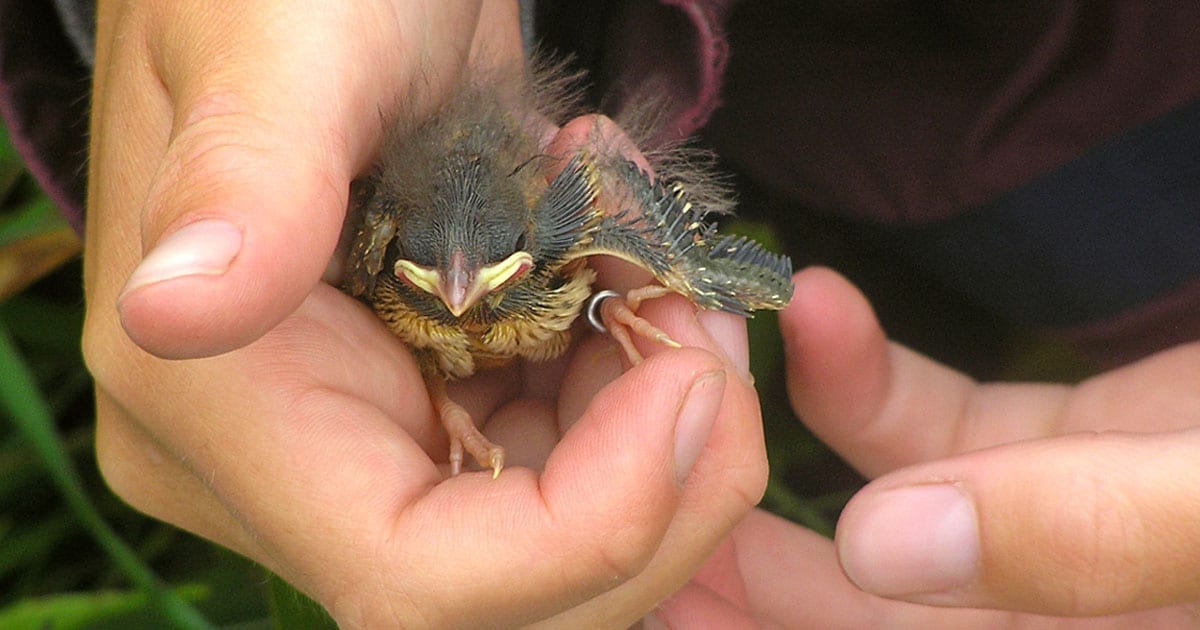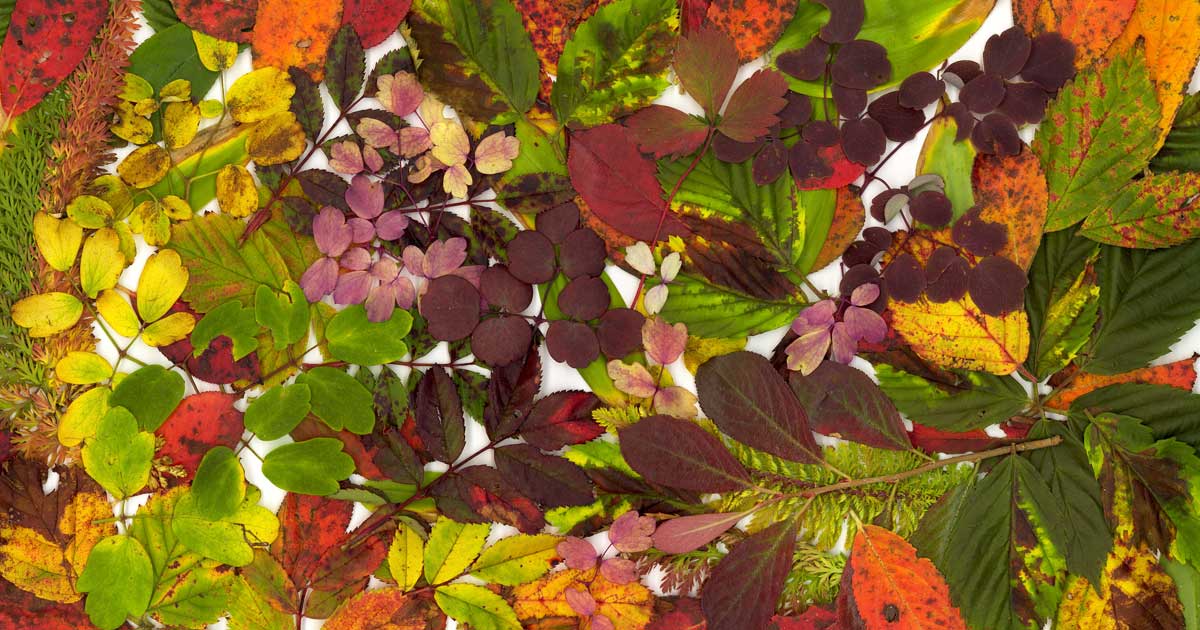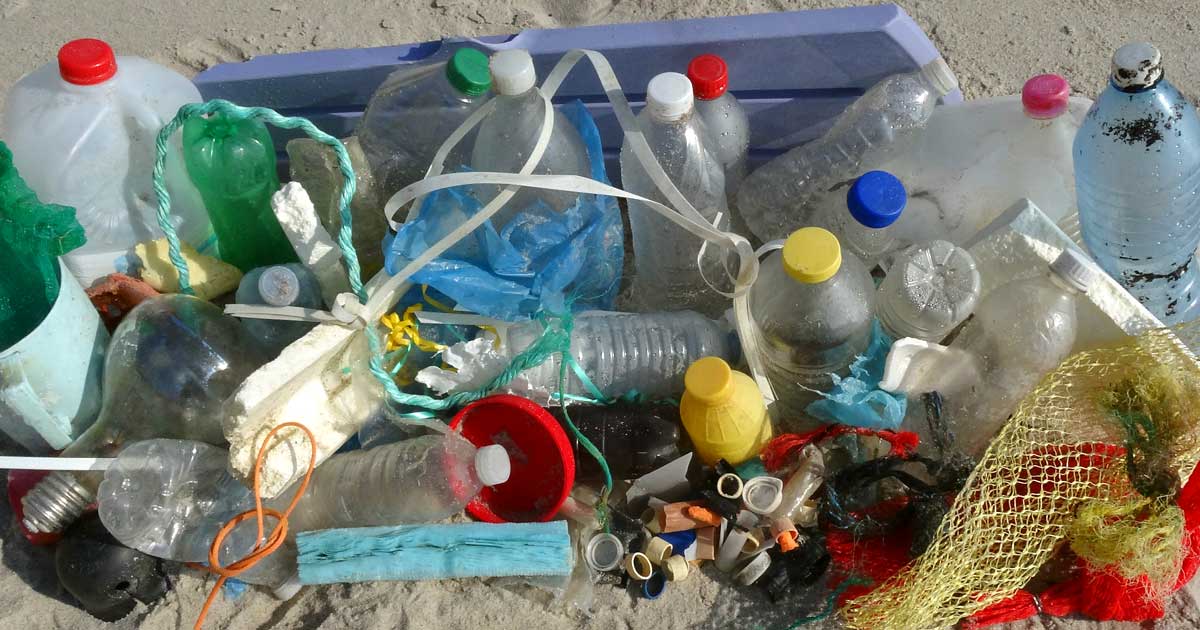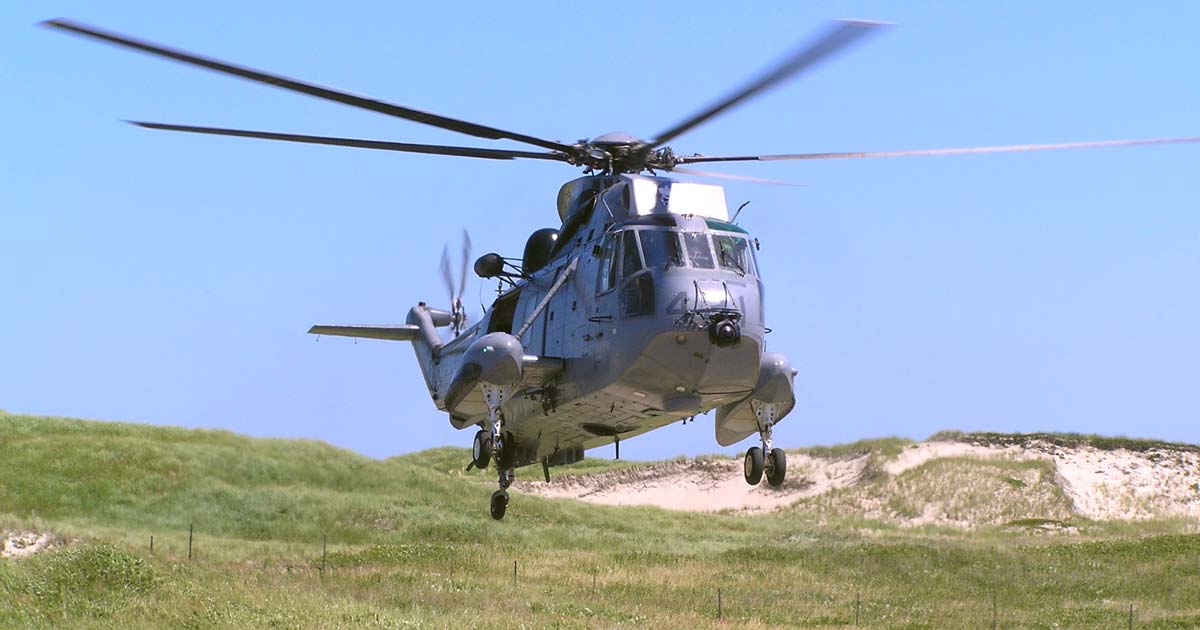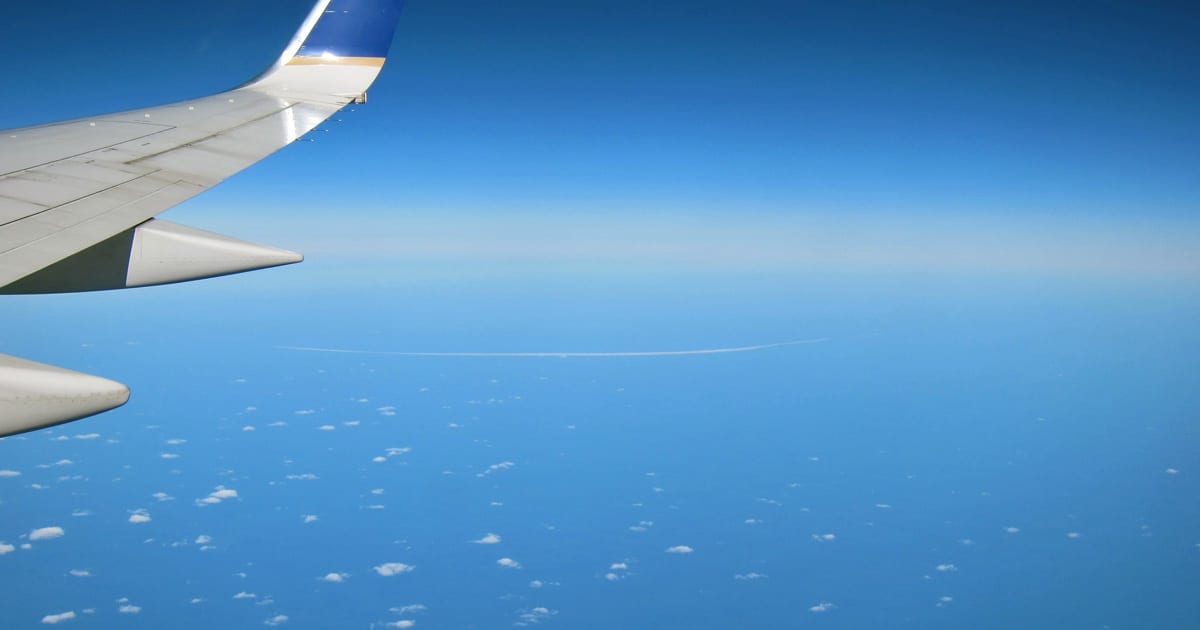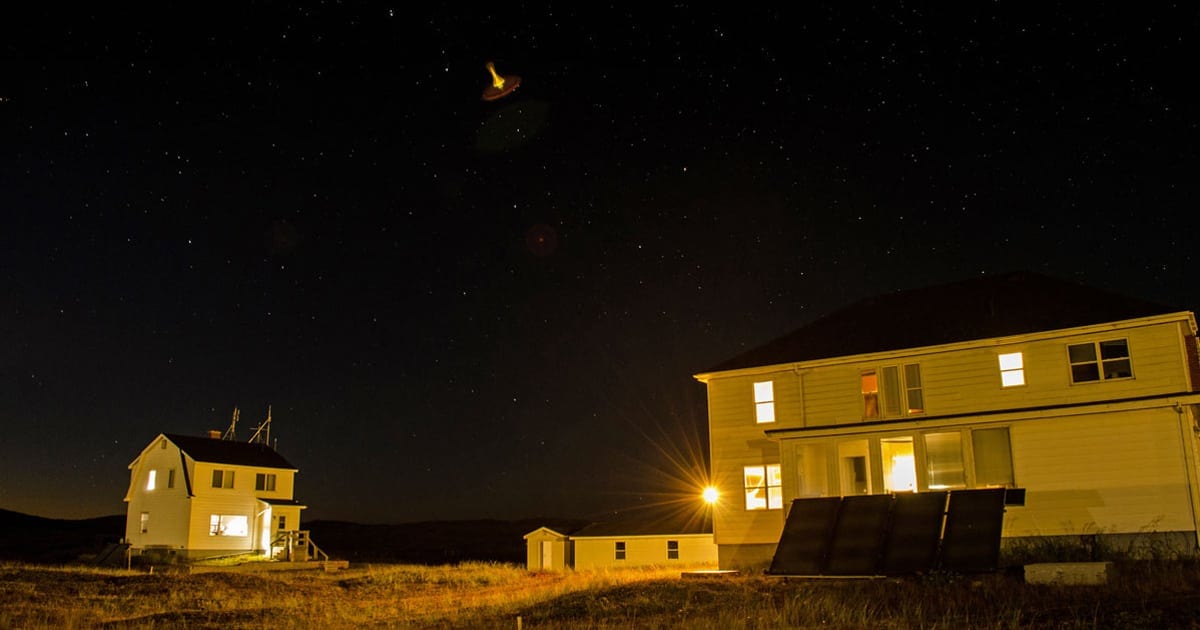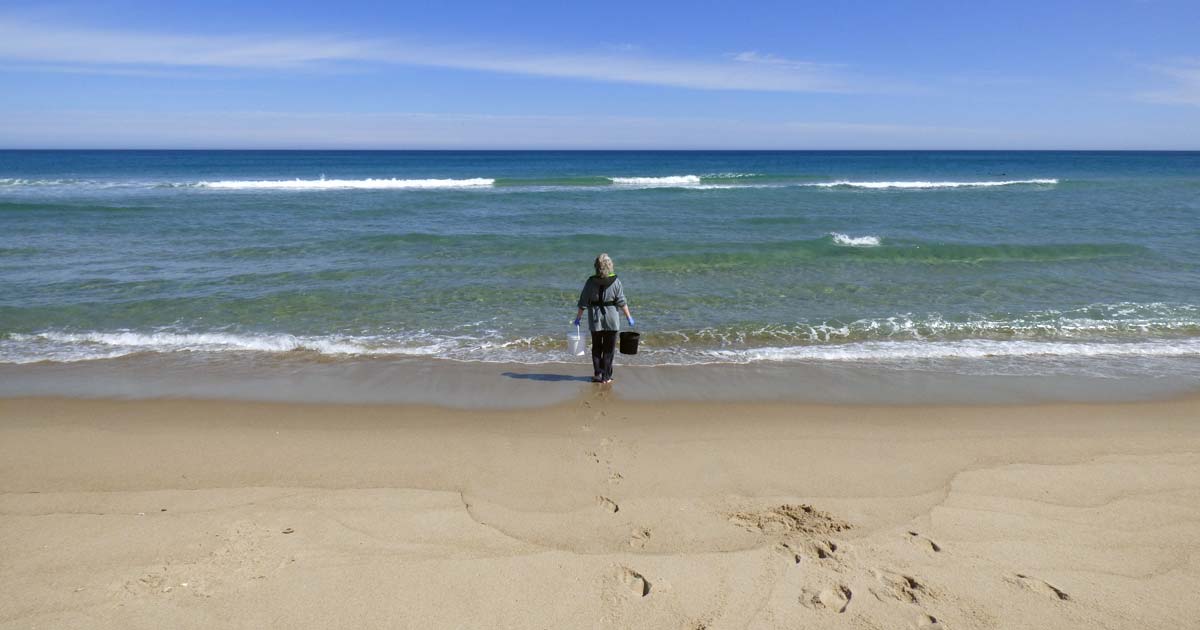
A Surveyor on Sable Island in the 1970s – Tom Lockhart, 2018
I first visited Sable in 1974 while working for a Calgary based survey-engineering company. One of the company’s clients was Mobil Oil, and I was there to take measurements at Mobil’s West Sable well.

